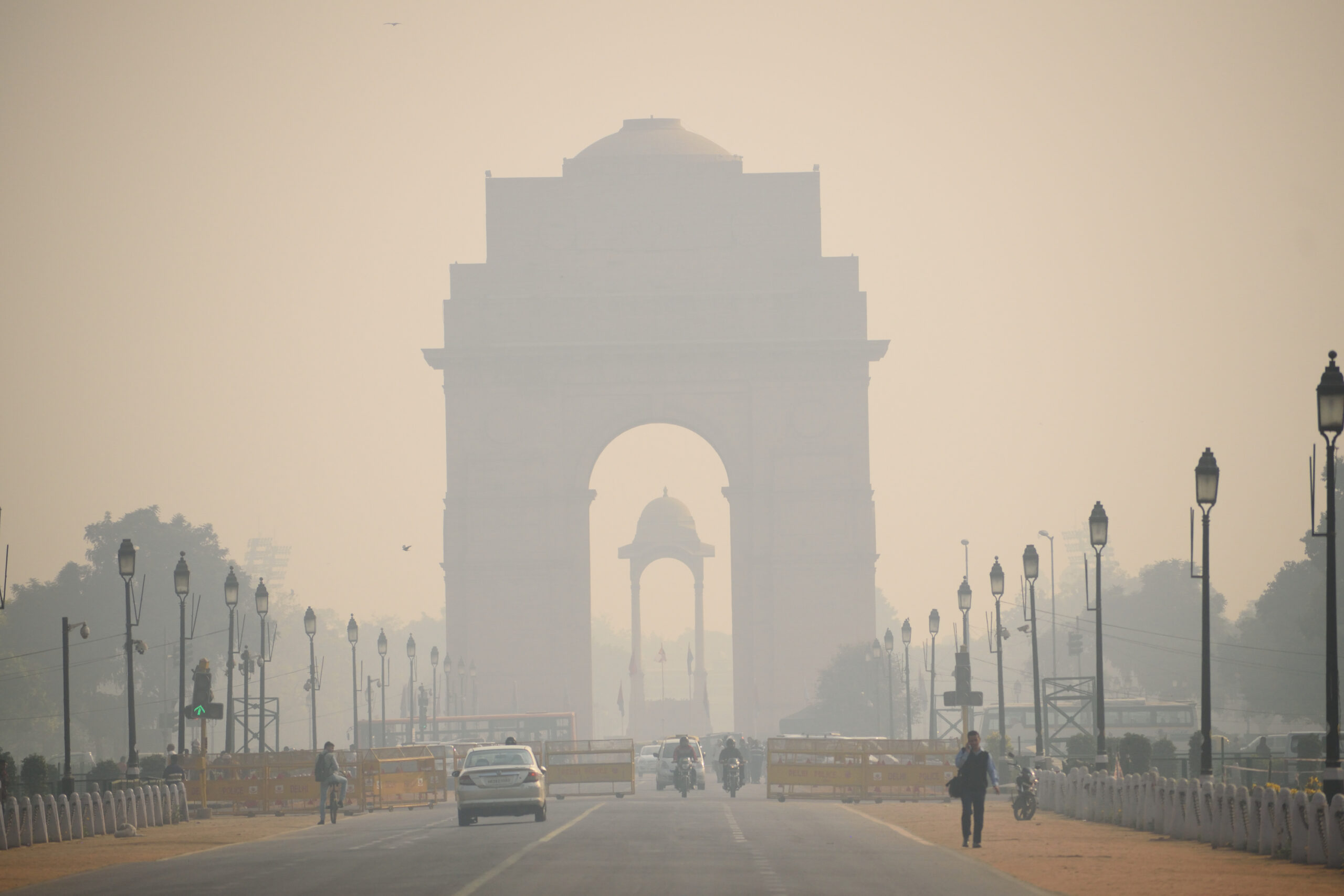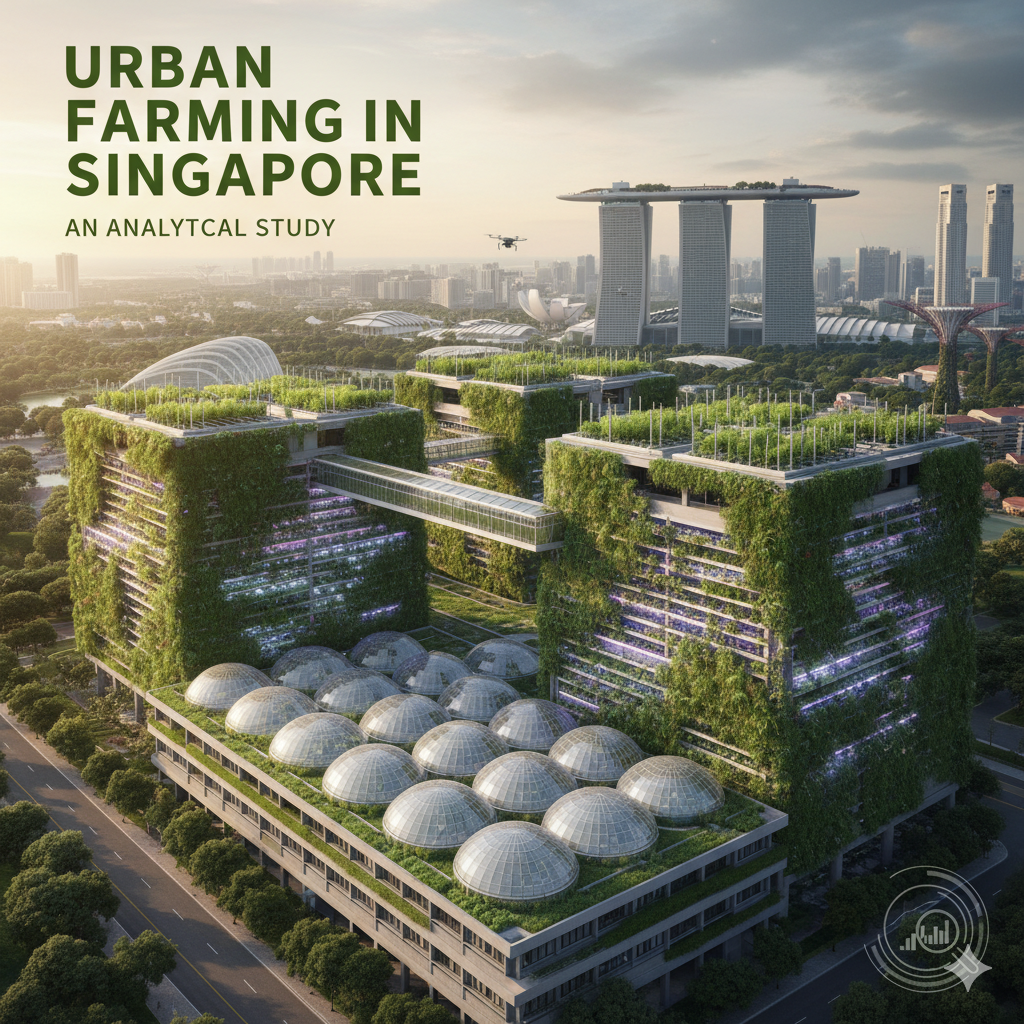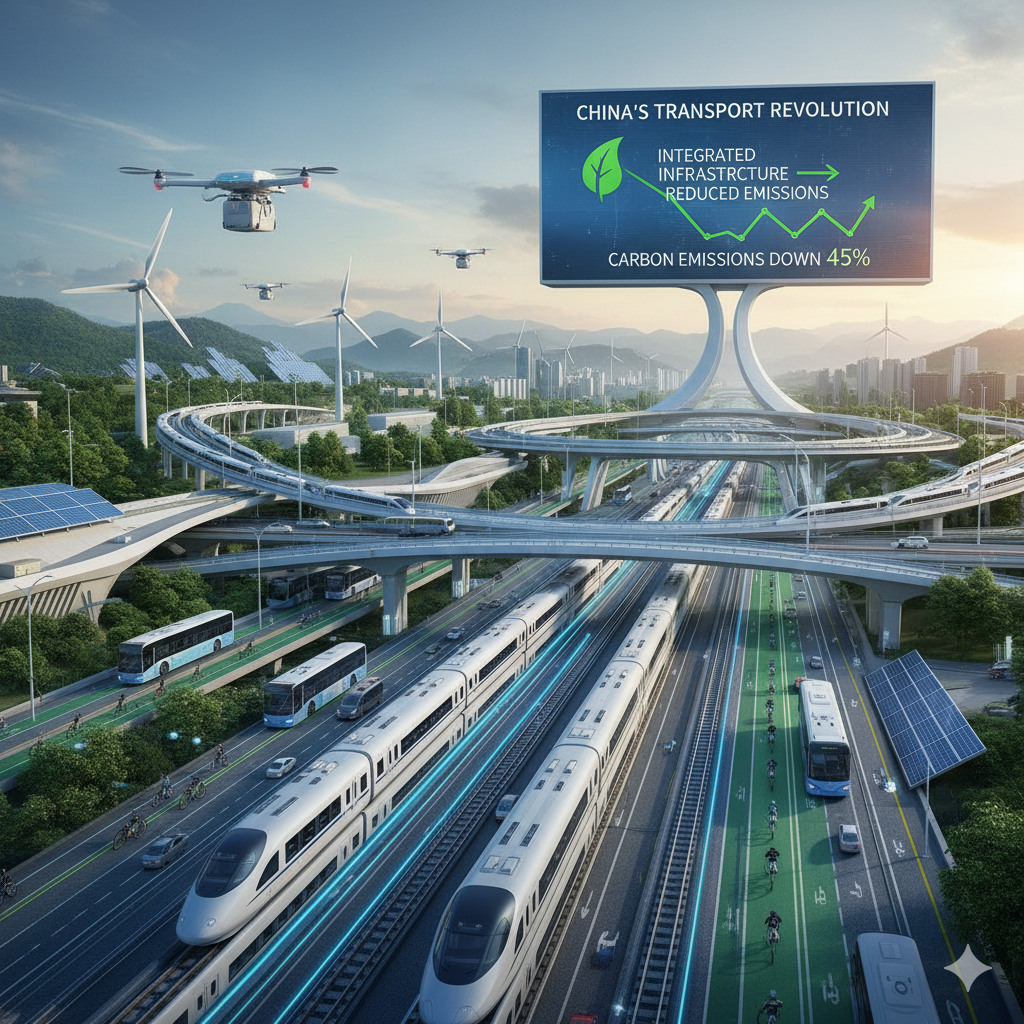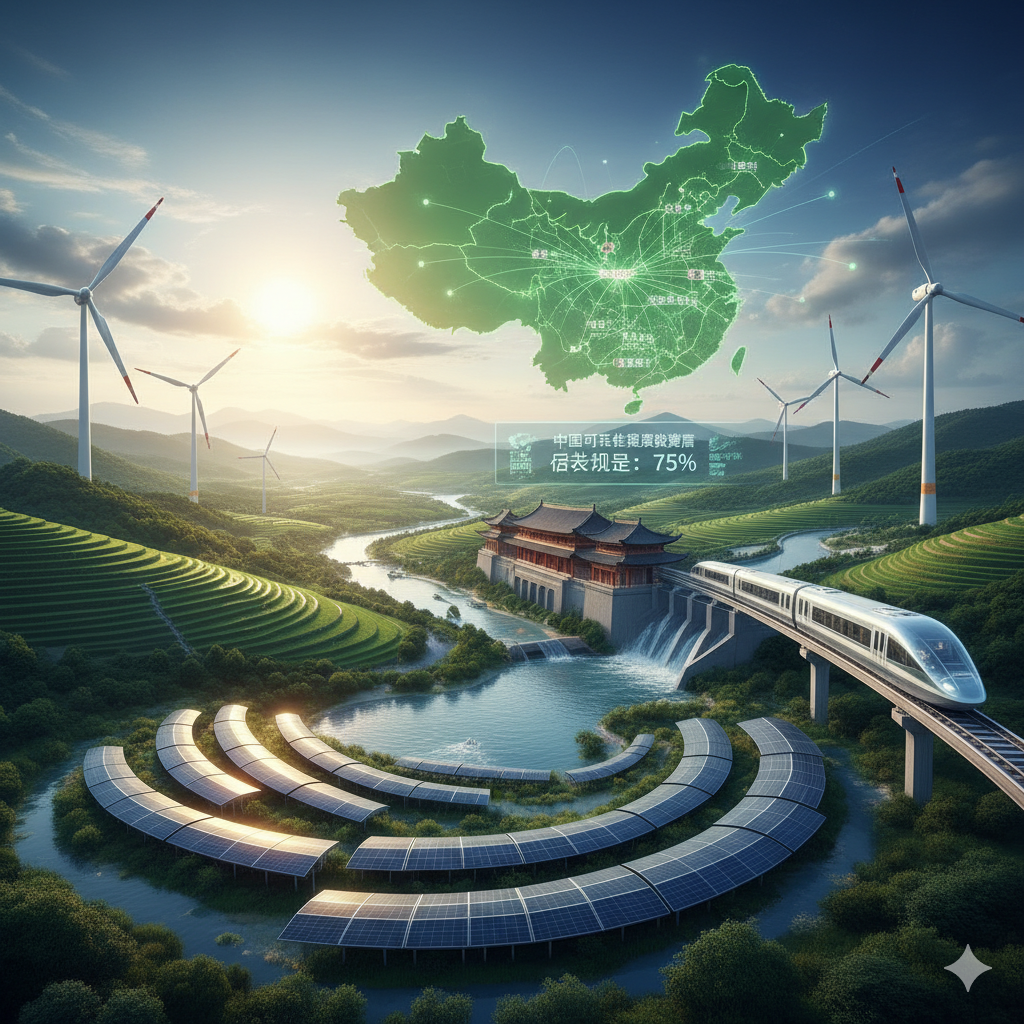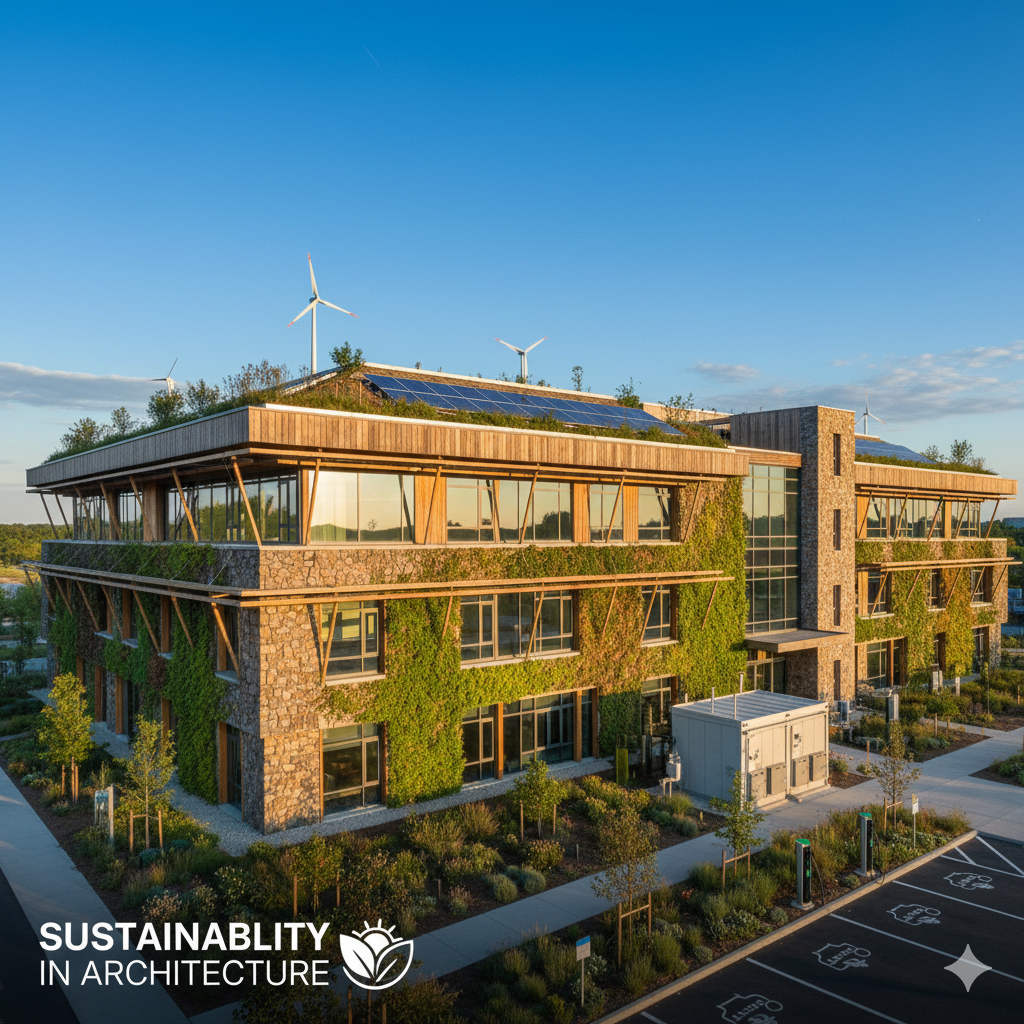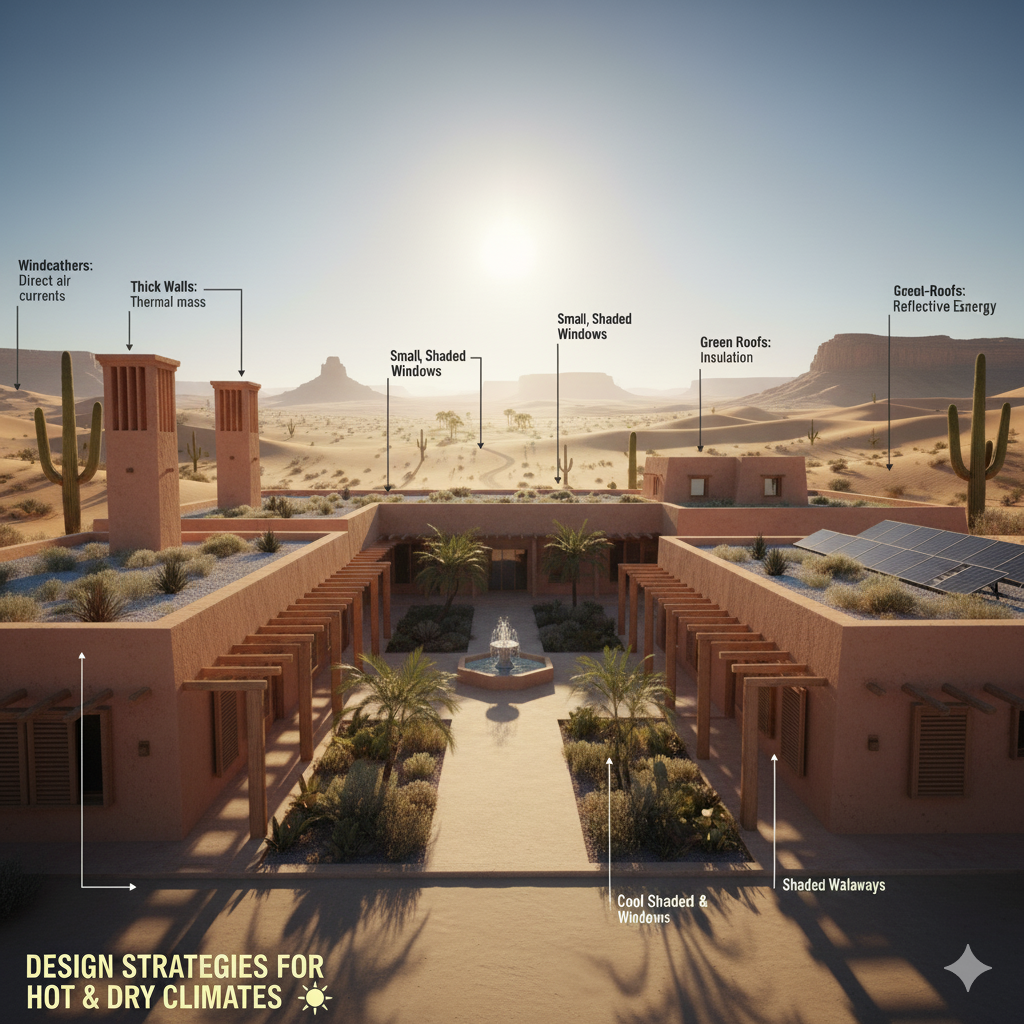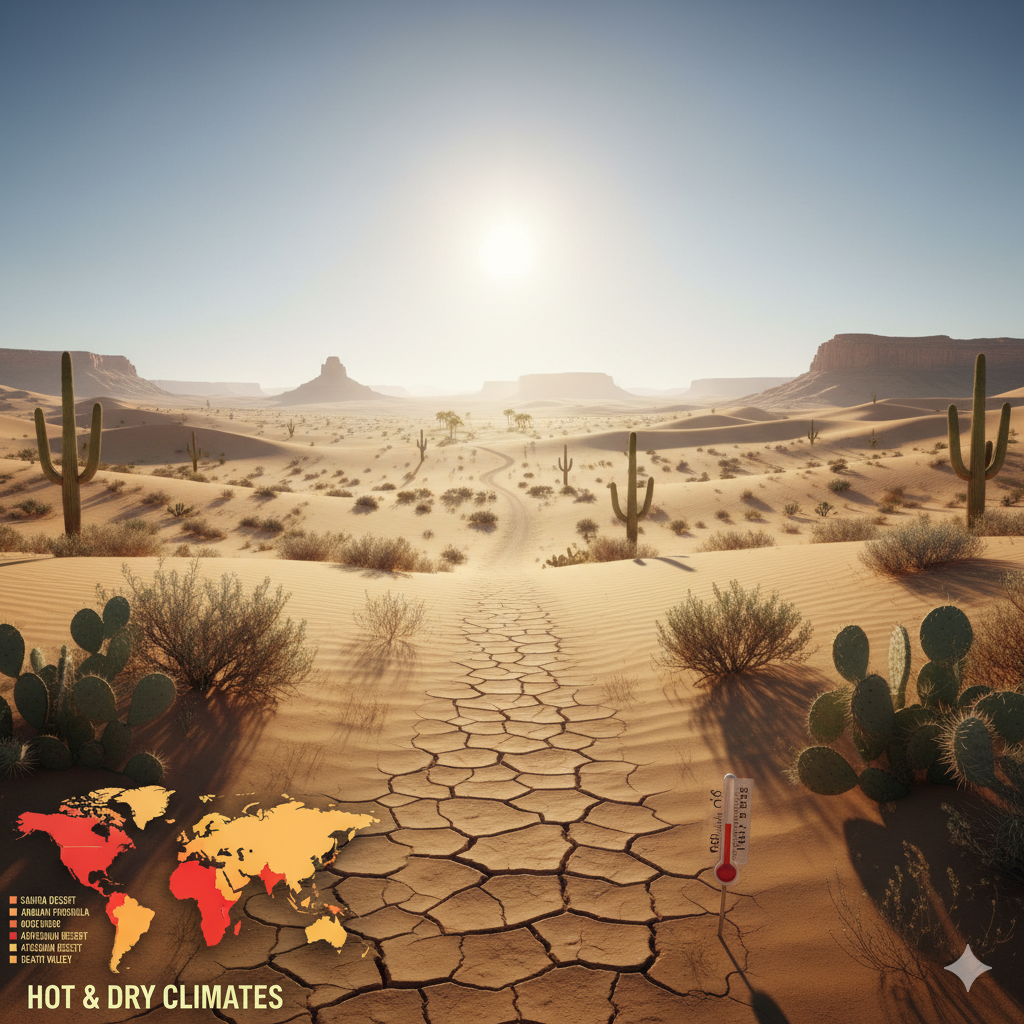Net Zero Energy Buildings: 10 Global Examples
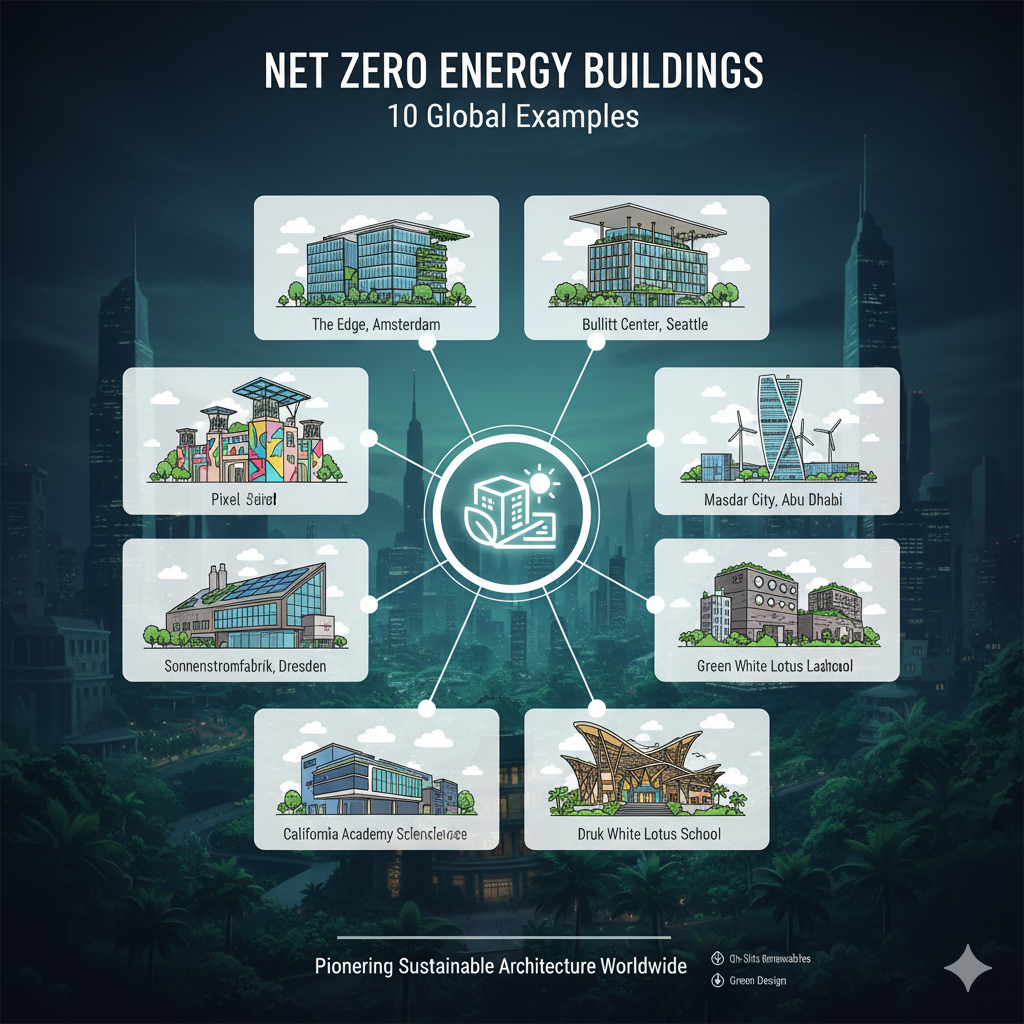
Introduction
The construction industry is rapidly evolving toward sustainability. Among the most groundbreaking achievements in this field are Net Zero Energy Buildings (NZEBs), which generate as much energy as they consume annually, often through a combination of energy-efficient design and renewable energy sources. This essay examines ten notable NZEBs from around the world, highlighting their areas, costs, features, and significance.
1. Bullitt Center, Seattle, USA
-
Area: 52,000 sq ft (4,830 m²)
-
Cost: $32.5 million
-
Completed: 2013
-
Key Features:
-
Rooftop solar array producing 230,000 kWh/year
-
Rainwater harvesting and composting toilets
-
Designed for a 250-year lifespan
-
-
Significance: Known as the greenest commercial building globally, it meets the Living Building Challenge standards.
2. The Edge, Amsterdam, Netherlands
-
Area: 430,000 sq ft (40,000 m²)
-
Cost: Estimated $280 million
-
Completed: 2015
-
Key Features:
-
Solar panels covering the entire roof
-
Smart LED lighting connected via mobile apps
-
Rainwater reuse systems
-
-
Significance: Labeled the “smartest building in the world” with a BREEAM Outstanding rating of 98.36%.
3. SDE4 Building, National University of Singapore
-
Area: 86,000 sq ft (8,000 m²)
-
Cost: Estimated $50 million
-
Completed: 2019
-
Key Features:
-
Naturally ventilated spaces
-
1,200 solar panels generating about 500 MWh/year
-
High-performance façade for thermal control
-
-
Significance: Singapore’s first new-build net-zero energy building.
4. CIRS (Centre for Interactive Research on Sustainability), Vancouver, Canada
-
Area: 60,000 sq ft (5,574 m²)
-
Cost: $37 million
-
Completed: 2011
-
Key Features:
-
Energy-positive design
-
Solar panels and waste heat recovery
-
Wood structure from sustainably harvested forests
-
-
Significance: Supplies energy back to the university grid, beyond its own needs.
5. IKEA Greenwich Store, London, United Kingdom
-
Area: 344,445 sq ft (32,000 m²)
-
Cost: Estimated $125 million
-
Completed: 2019
-
Key Features:
-
1,000 solar panels
-
Rainwater harvesting
-
Geothermal heating system
-
-
Significance: IKEA’s most sustainable store globally, aiming for net-zero energy balance.
6. Discovery Elementary School, Arlington, USA
-
Area: 97,588 sq ft (9,068 m²)
-
Cost: $32.3 million
-
Completed: 2015
-
Key Features:
-
1,706 solar panels providing 500 kW
-
Geothermal HVAC system
-
Super-insulated building envelope
-
-
Significance: One of the largest net-zero energy schools in the U.S.
7. National Renewable Energy Laboratory (NREL) Research Support Facility, Colorado, USA
-
Area: 360,000 sq ft (33,445 m²)
-
Cost: $64 million
-
Completed: 2010
-
Key Features:
-
Massive daylight harvesting
-
Photovoltaic solar panels covering roofs and parking lots
-
Natural ventilation design
-
-
Significance: A benchmark for office building sustainability and performance.
8. Brock Environmental Center, Virginia Beach, USA
-
Area: 10,500 sq ft (975 m²)
-
Cost: $8.3 million
-
Completed: 2014
-
Key Features:
-
168 solar panels and 2 small wind turbines
-
Rainwater collection and treatment for potable use
-
Composting toilets
-
-
Significance: Certified under the Living Building Challenge for net-zero water and energy.
9. DPR Construction’s San Diego Office, USA
-
Area: 24,000 sq ft (2,230 m²)
-
Cost: $19 million (renovation)
-
Completed: 2010
-
Key Features:
-
Net-zero energy retrofit
-
Solar panels produce 100% of energy needs
-
Energy-efficient LED lighting and HVAC
-
-
Significance: First commercial building retrofit in San Diego to achieve net-zero energy.
10. Phipps Center for Sustainable Landscapes, Pittsburgh, USA
-
Area: 24,350 sq ft (2,263 m²)
-
Cost: $23.5 million
-
Completed: 2012
-
Key Features:
-
Solar, wind, and geothermal systems
-
Vertical gardens and green roofs
-
Natural treatment wetlands
-
-
Significance: First project worldwide to meet Living Building Challenge, LEED Platinum, and WELL Platinum certifications.

